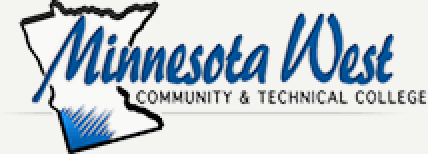STSK 0095 Reading Improvement II
STSK 0095: Reading Improvement II
Description
Reading Improvement II provides improvement of reading skills for students underprepared for college level reading. The focus is on basic comprehension with additional instruction in vocabulary and word recognition. The student learning outcomes for this course will deepen and enhance those outcomes in STSK 0090.
Credits
2
Prerequisite
STSK 0090 or placement by multiple measures
Corequisite
None
Topics to be Covered
1. Success in College Reading
2. Vocabulary in Context
3. Main Ideas
4. Supporting Details
5. Relationships
6. Implied Main Ideas
7. Inferences
8. Argument
9. Critical Reading
Learning Outcomes
1. Demonstrate and apply appropriate study skills for college success.
2. Develop an understanding of the reading process.
3. Increase confidence in their ability to read, comprehend, organize, and retain written
4. information.
5. Activate prior knowledge.
6. Improve reading fluency.
7. Use metacognition skills and self-awareness of comprehension.
8. Adapt reading rate depending on the difficulty of the text.
9. Evaluate information within and across multiple texts of varying length.
10. Apply comprehension monitoring strategies.
11. Improve comprehension through the use of outlining, paraphrasing, mapping, summarizing, which will improve comprehension and retention.
12. Increase vocabulary through the study of word parts and use of context clues.
13. Refine reading strategies through instructor feedback.
14. Improve ability to read and understand written text through the study of basic comprehension skills, such as main ideas, major and minor details.
15. Identify implied main ideas.
16. Recognize relationship words and patterns of organization to better comprehend text.
17. Identify patterns of organization (including comparison/contrast, cause and effect, illustration, addition, and time order.
18. Read to determine and make logical inferences.
19. Identify multiple points of view.
20. Employ problem solving skills to increase comprehension.
21. Identify the author’s tone, style, and point of view.
22. Evaluate arguments in text including validity, relevance, and sufficiency of evidence.
23. Distinguish fact from opinion.
24. Develop ability to annotate and outline text.
25. Implement active reading strategies.
Credit Details
Lecture: 2
Lab: 0
OJT: 0
MnTC Goal Area(s): None
